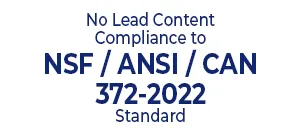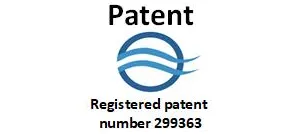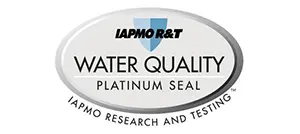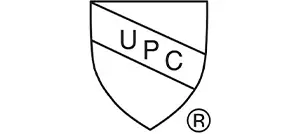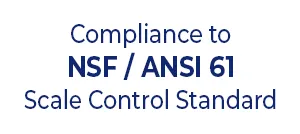Clean water is a cornerstone of a healthy life, but contaminants like bacteria and viruses pose significant risks. This guide reviews essential criteria for understanding waterborne pathogens, choosing effective filtration systems, and ensuring water safety in your home. Whether you’re addressing immediate health concerns or planning for long-term water safety, this article provides valuable insights.
Why Is It Important to Address Water Contaminants?
Waterborne diseases caused by bacteria, viruses, and parasites are a global issue. Cryptosporidium and Giardia are among the most well-known pathogens. These microscopic organisms can survive in chlorinated water and pose severe health risks when ingested.
What Are Bacteria and Viruses, and How Do They Spread?
Key Facts:
- Cryptosporidium and Giardia: Resistant to chlorine, surviving months in cold and warm water but not in boiling water.
- Bacteria: Treated with chlorine, but if chlorine levels are insufficient, bacteria can multiply.
- Viruses: Smaller than bacteria, making them difficult to detect and remove.
Bacteria in Water
Various types of bacteria may appear in the water we consume. Bacteria can be pathogenic (disease-causing) or non-pathogenic. There are also aerobic (oxygen-dependent) and anaerobic (oxygen-independent) bacteria, as well as soil-based and fecal-origin bacteria.
Viruses in Water
Scientific advancements reveal more waterborne viral diseases. Viruses are highly resilient, much smaller than bacteria, and challenging to detect and filter.
Cryptosporidiosis and Giardiasis are common intestinal diseases caused by ingesting water contaminated with Cryptosporidium or Giardia parasites. These parasites reach the intestines of humans and animals after consuming contaminated water and spread through food or direct/indirect contact with fecal matter.
Ease of Spread
Alarming data shows that millions of infectious cysts can be expelled in a single bowel movement, explaining how infected individuals become a source of contamination, especially in swimming pools, spas, or small lakes.
Treatment Challenges
Cryptosporidium and Giardia are protected by a chlorine-resistant outer shell, allowing them to survive outside a host for extended periods. Giardia cysts survive for months in cold water, while Cryptosporidium oocysts can survive months in soil and up to a year in murky water.
Understanding Chemical Contaminants
Nitrates, Nitrites, and Ammonia:
High nitrate levels in water can cause “blue baby syndrome” (methemoglobinemia) in infants due to competition between nitrates and oxygen in hemoglobin. Half of daily nitrate intake comes from water. Nitrates act as plant fertilizers, but excessive fertilization and sewage pollution increase concentrations. Nitrites signal recent contamination.
Drawbacks of Water Coolers and Bottled Water
Water coolers and bottled mineral water can harbor bacteria. Additionally, plastic bottles may contain harmful synthetic estrogen.
Understanding Common Contaminants
- Bacteria: Pathogenic bacteria like E. coli and Salmonella often result from fecal contamination and can cause digestive issues, fever, and severe complications.
- Viruses: Waterborne viruses like Norovirus and Hepatitis A are smaller than bacteria and can bypass many filtration methods, posing a significant challenge due to their size and resilience.
- Parasites: Cryptosporidium and Giardia thrive in untreated or poorly treated water, causing outbreaks of cryptosporidiosis and giardiasis, leading to diarrhea, dehydration, and abdominal cramps.
- Chemical Contaminants: Nitrates, nitrites, and ammonia in water sources can cause serious health risks, including methemoglobinemia in infants and potentially increase cancer risk with long-term exposure.
Evaluating Water Filtration Systems
Choosing the right filtration system is critical for safe drinking water. Below are key technologies to consider:
Ensure the system complies with recognized standards.
- Reverse Osmosis (RO):
- How It Works: Filters contaminants by forcing water through a semi-permeable membrane.
- Pros:
- Effective against bacteria, viruses, and chemicals.
- Reduces micro plastics.
- Cons:
- Wastes water during filtration.
- Reduces essential minerals.
- Connected to sewage, risking contamination.
- Considered overly pure and unhealthy by EPA, especially unsuitable for infant formula.
- Ultraviolet (UV) Disinfection:
- How It Works: Uses UV light to kill bacteria and viruses by damaging their DNA.
- Pros:
- Chemical-free.
- Effective against bacteria and viruses.
- Cons:
- Ineffective against chemical contaminants.
- Requires pre-filtration for cloudy water.
- Requires electricity.
- Soil-based bacteria are UV-resistant.
- Converts nitrate to nitrite (NO₃⁻ to NO₂⁻), posing health risks.
- Activated Carbon Filtration:
- How It Works: Absorbs organic compounds and chlorine using porous carbon.
- Pros:
- Improves taste and odor.
- Reduces chlorine and some pesticides.
- Cons:
- Bacterial growth can increase due to chlorine removal.
- Distillation:
- How It Works: Boils water to separate contaminants.
- Pros:
- Removes most contaminants, including heavy metals.
- No need for disposable filters.
- Cons:
- Energy-intensive.
- Slow process.
- Unbalanced minerals make water less healthy.
- TIPATECH Home Systems:
- How It Works:
- Reduces aerobic bacteria and parasites like Giardia.
- Filters water down to 1 micron, blocking parasites, rust, and microplastic fibers.
- Pros:
- Eco-friendly.
- Fits all faucets.
- Unique patented technology.
- Conditions water and provides antioxidant-rich water.
- Blocks radioactive and toxic gases.
- Reduces impurities like lead and arsenic.
- Maintains natural minerals (iodine, magnesium, chloride).
- Meets NSF/ANSI 42, 61, and 372 standards, certified by IAPMO for material and safety standards.
- How It Works:
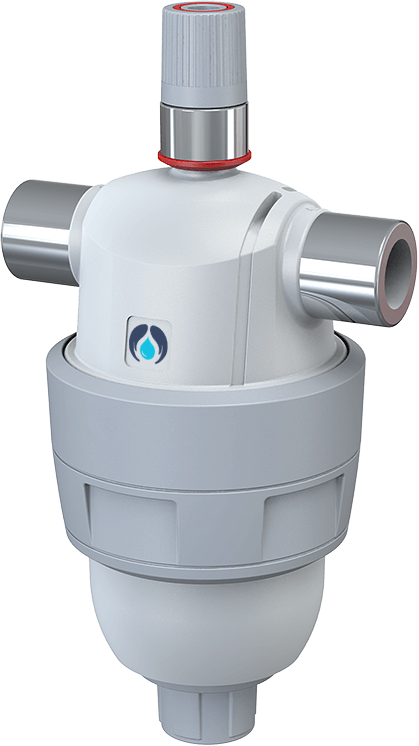
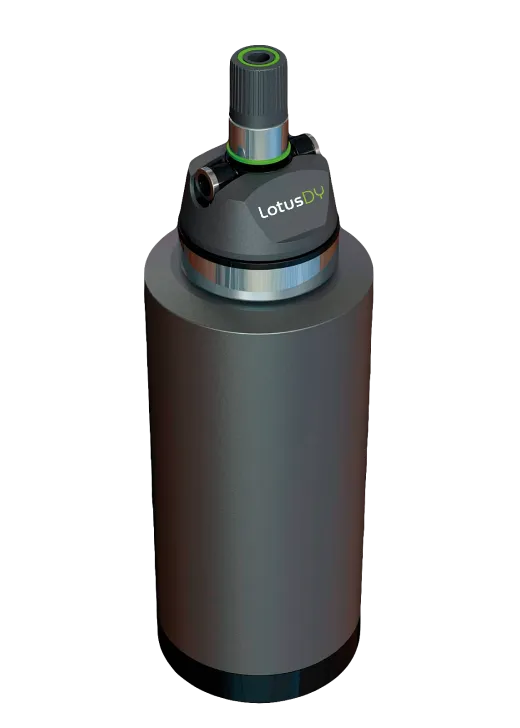
Tips for Maintaining Healthy Water Supply
- Regular Testing: Test your home water quality annually.
- Proper Maintenance: Replace filters as per manufacturer guidelines.
- Stay Informed: Monitor local water quality reports.
Benefits of Home Water Filtration
- Health Protection: Reduces exposure to pathogens and harmful chemicals.
- Cost Savings: Eliminates bottled water expenses.
- Environmental Impact: Reduces plastic waste.
- Convenience: Provides safe water on demand.
Conclusion
Safe, clean drinking water is essential for health and well-being. By understanding the risks of waterborne bacteria and viruses and investing in certified filtration systems, you can protect your family from potential health hazards.
Take Action Now
Explore reliable water filtration systems to ensure your home’s water is free from harmful contaminants. Visit our website for product recommendations and expert advice.
Water Filtration FAQs
How do I know if my tap water is safe?
Check local water quality reports and perform home tests for peace of mind.
Is bottled water safer than filtered tap water?
Not necessarily. Bottled water may contain micro plastics and other contaminants and is less eco-friendly.
How effective is boiling water?
Boiling kills most bacteria and viruses but doesn’t remove chemical contaminants.




